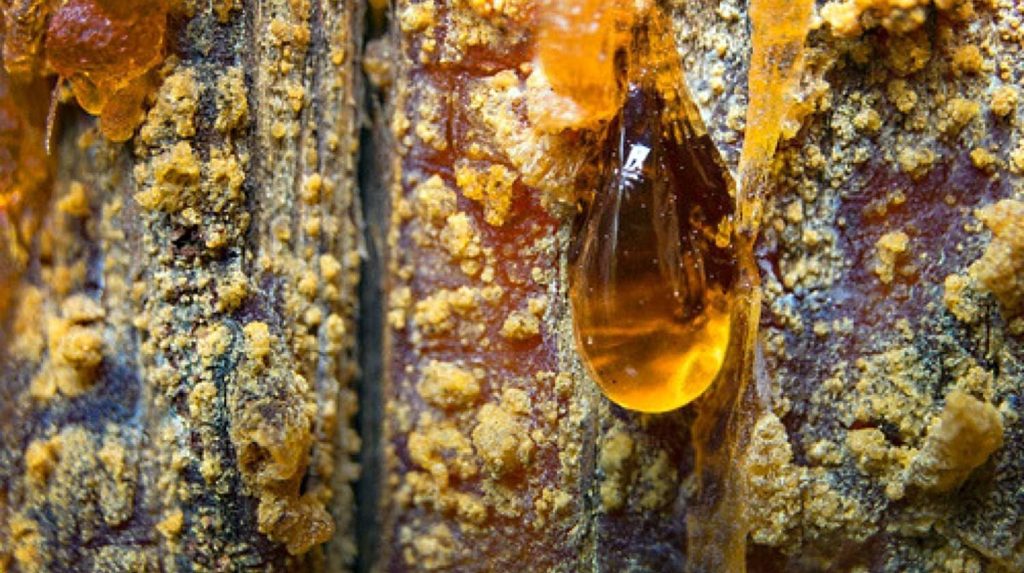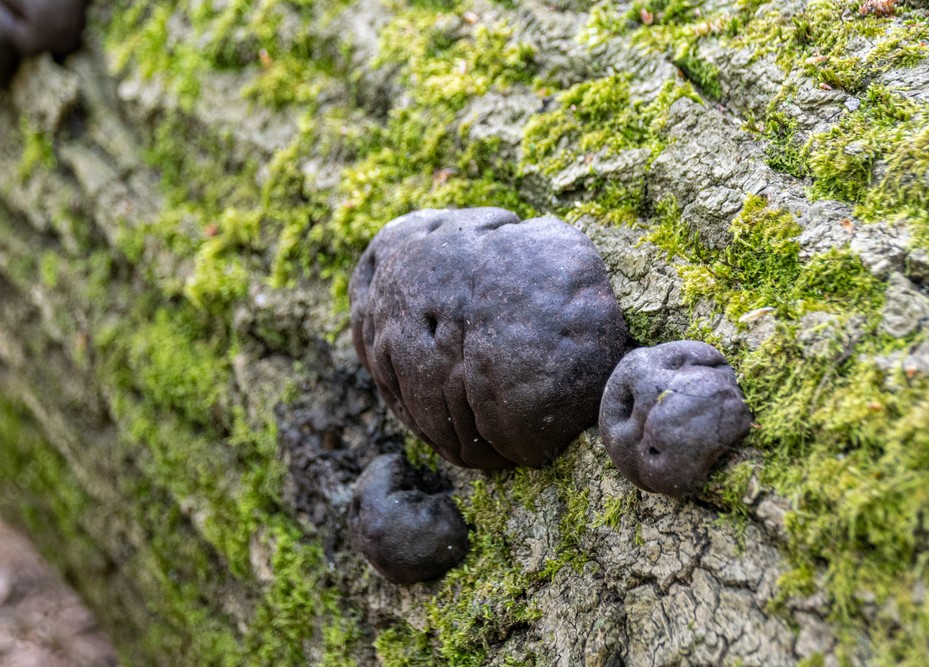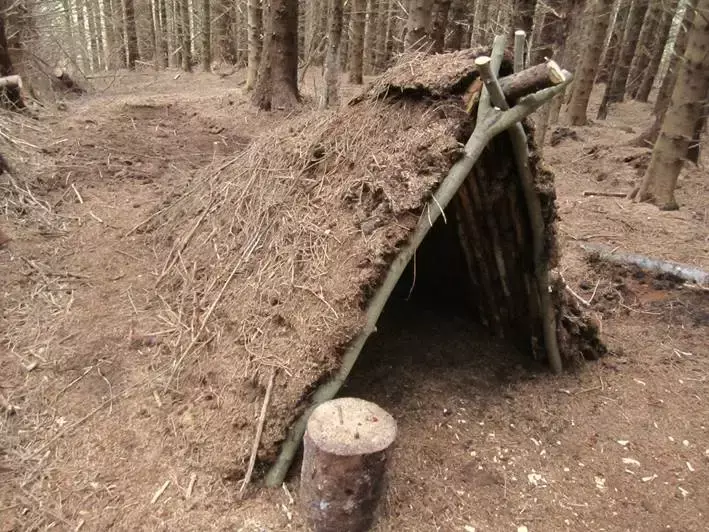
Any repeat readers will know by now that we love talking about the outdoors. The mental and physical health benefits are well proven by this point, and it’s a free activity for any day of the week. We are once again reaching the time of year where the days are shorter, colder, and somewhat less pleasant, making things like camping seem less like a fun activity and more like a trial by fire (ironically).
So we think that’s the perfect excuse to talk about camping again and cover some tips for more the more adept outdoors enthusiasts!
The Dakota Fire Hole or “Stealth Fire” is excellent in the autumn months. The foliage is a lot less dense, meaning without a dedicated perimeter block, the wind will blow through with little to no resistance. This can prove to create an absolute mess, throwing ash and cinders everywhere. Though ash can correct acidic soil and provide some nutrition for plants to use, it is better etiquette to keep it for yourself for your own compost – another benefit of the Dakota Fire Hole. Some debate and personal preference come with how deep the hole should be. Most guides will say 1 foot deep, but I’d suggest between 2-3 feet, for a fire that burns hotter and provides more protection from higher gusts of wind. For the secondary hole, or the “intake” hole, dig it about a forearms length back in whichever direction the wind is blowing. For example on the image above, if the wind is blowing right to left then you would move right away from the fire hole. Once both holes are in place you just have to connect them. An opening big enough to fit your hand through will work just fine.
Building the fire can be done just as you would above ground and if you plan on using it to cook above, using 2 living green wood sticks would do the trick. Green/living wood is more resistant to fire due to the moisture content present. Also, fill in the hole when you’re done. Keep any soil you excavate nearby for convenience. Making as little impact as possible is key, especially when camping on private land with permission.

Wood and leaves. That’s usually what people gravitate towards if asked to make a fire. These are good and reliable sources of fuel until a few hours of rainfall. Attempting to burn wet wood is mostly a waste of time and resources, but with a little ingenuity and know-how, making a fire in the rain can be as easy as in the height of summer. Pine Resin is versatile. It has uses varying from a powerful anti-microbial balm to an adhesive that can be used for tool making. It is also and excellent tinder to use and if crushed up into granules, can catch a spark in no time. Luckily, having a source of Pine Resin nearby would probably mean there are also Pine Trees nearby. This probably also means there are Pine Needles scattered all over the floor – These also work as an excellent tinder but are less reliable in rain. Also as a little bonus tip, Pine Needles will work as an ambient mosquito repellent when burned. Alternatively they can also be crushed up and rubbed on your clothes to keep the pests at bay.

Coal fungus, also known as cramp balls or King Alfred’s Cake, is another useful tinder for fire starting that can be sourced relatively easily. If not already obvious from the name “coal fungus”, these little lumps look identical to coal. You can find these handy fire starters year round in deciduous woodland, on decaying wood, but they seem to prefer Beech and Ash trees. Simply crack them open and the dry dusty inside will catch a spark perfectly – although a forewarning to anyone doing this for the first time, the smell isn’t very pleasant, so it’s probably best to keep upwind. Another fungus to keep an eye out for is “Horses Hoof Fungus” or “Tinder Bracket”. This somewhat larger fire starter can be found on dead Silver Birch trees and also Beech. Tinder Bracket is known for it’s smouldering duration, making it a better choice for longer camping trips, as it can be used as a portable fire lighter.


Ideally, you would go camping prepared for the weather. The main tip here is to properly prepare, but if you are a well-seasoned camper then you might want an extra challenge. The principals for building shelters are pretty much common sense so we’ll skip over that bit and get right to some easily sourced materials that can work as a good shelter.
Birch Bark. The Silver Birch is an extremely common tree in the UK that will probably crop up nearby wherever you camp unless you’re in a dedicated woodland site. I think this goes without saying but unless you’re in a life or death scenario – don’t peel bark from standing trees. Always take deadfall, there should be more than enough to make a shelter. Birch bark contains Betulin which is a hydrophobic molecule, making Birch bark perfect for wet weather cover. Simply find some deadfall with a fairly big diameter, score the bark with a sharp object, and peel it off into tiles. Weave these tiles into the frame of your shelter and you’re good to go! Birch bark also makes excellent kindling for wet weather due to its waterproof structure.

Debris huts are a good option for the autumn months where woodland floors are buried under a layer of deadfall. These are easy to cover an A-frame shelter and although worrying about fire spreading during rain may be trivial, you can also use it as an excuse to clear out an area of material that could ignite from a spark. Dry leaves will catch very quickly so some caution is always recommended at any level of capability.
Coniferous branches can work well as an extra layer of protection and insulation when paired with a debris hut, but they can also work well alone. With the majority of coniferous trees being evergreen, they are very reliable for winter months. The branches not only cover a wide surface area meaning less resources needed, but they also work well for insulating heat, which is ideal for later in the year.

We hope these tips can help with your next outdoor adventure, but we must insist that you practice caution and never go camping alone without letting people know where you are and how long you will be there for. Overconfidence leads to oversights and a simple mistake can ruin an entire trip or even worse, put you in danger. Be safe and enjoy the outdoors.

The B2W Group has a fresh approach to transforming businesses by up-skilling their current staff or bringing an apprentice into the business to add a dynamic and dedicated individual to the team. All of our courses are available through various streams of government funding so are a cost-effective way to provide high-quality training within the workplace.
Registered office in England and Wales, No:07559200
© 2020, The B2W Group, All Rights Reserved.